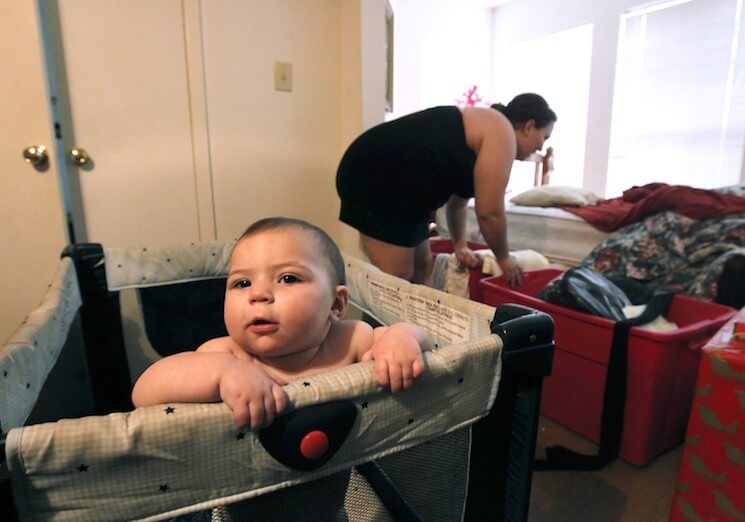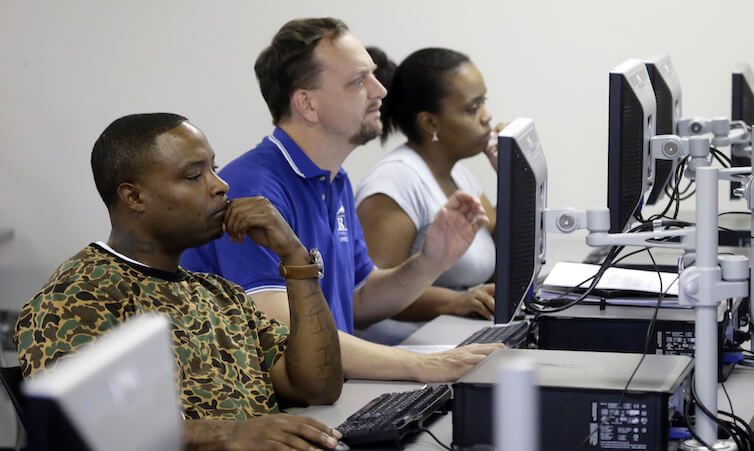A review of the social sciences literature on economic inequality and intergenerational mobility
Overview
Intergenerational mobility is the technical concept at the heart of the American Dream. An individual’s place on the economic distribution is supposed to reflect individual effort and talent, not parental resources and privilege. Yet this perspective ignores the mounting evidence of the myriad ways that poverty and economic inequality foreclose equality of opportunity for far too many Americans now and in the future. This paper explores how economic inequality could be impeding the development of human potential and the effective deployment of that human potential, and therefore depressing upward mobility.
Download the following Key Takeaways here.
Download File
Are Today’s Inequalities Limiting Tomorrow’s Opportunities?
Key Takeaways
- Comparing the relationship between inequality and intergenerational mobility across developed economies, City University of New York economist Miles Corak found that in countries where inequality is high such as the United Kingdom and United States, there is a strong relationship between a parent and a child’s economic outcomes. Conversely, in countries where inequality is lower such as Norway and Denmark, the relationship between a parent and child’s economic outcomes was not as strong.1
- Comparing the relationship between inequality and intergenerational mobility across different parts of the United States, Harvard University economist Raj Chetty found that mobility varied dramatically across the United States and that high inequality was one of the factors correlated with low mobility. Some cities such as Salt Lake City have rates of mobility similar to countries with high rates of mobility such as Denmark. Other cities such as Atlanta and Milwaukee have rates of mobility lower than other developed countries.2
- Metrics matter for making sense of the relationship between inequality and mobility. Relative (or rank) mobility compares a child’s rank in the economic distribution to the child’s parents’ place in the distribution at a similar point in the life cycle. Imagine a child born into a family with a total household income in the bottom 20th percentile of the distribution of all household incomes. As a young adult, that now-adult-child’s household income at a comparable point in life is in the 75th percentile of the distribution of all household incomes. This is relative upward mobility. Relative mobility is, by definition, a zero-sum proposition: If a particular child moves up in rank from childhood to adulthood, then someone else, by definition, must move down.
- Absolute mobility compares a child’s economic well-being to his parents’ economic well-being at a similar point in the life cycle. Imagine a baby boy born into a family with an inflation-adjusted total household income of $30,000. If his inflation-adjusted total household income is $50,000 at a comparable point in his own adult life, then that child has experienced absolute mobility in household income.
- While a number of studies find that relative mobility has remained fairly stable—and low—in the United States over recent decades, Harvard’s Chetty and his co-authors have found that absolute mobility has declined since 1940 across the household income distribution. More than 90 percent of children born in 1940 earned more than their parents at age 30, compared to 50 percent of children born in 1984.3
- Traditionally, researchers seeking to understand how inequality could limit mobility have studied how inequality could hamper the development of human capital. While there are myriad ways to examine the impact of inequality on the acquisition of human capital, this report follows the research to focus on how inequality affects access to the key dimensions of health, parental investments of time and money in children, and in the quality of early childhood education, as well primary and secondary schooling—all of which are critical pathways for the development of the human potential necessary for upward mobility.
- The development of human potential is insufficient on its own to power upward mobility. Individuals must also be able to fully deploy their human potential by efficiently and effectively matching opportunities in the labor market. Yet structural changes to the labor market, persistent discrimination, and the importance of parental financial resources in young adulthood prevent the full and effective deployment of human potential.
Endnotes
1. Miles Corak, “Income Inequality, Equality of Opportunity, and Intergenerational Mobility,” Journal of Economic Perspectives 27 (3) (2013): 79–102.
2. Raj Chetty and others, “Where Is the Land of Opportunity? The Geography of Intergenerational Mobility in the United States,” The Quarterly Journal of Economics 129 (4) (2014): 1553–1623, available at https://doi.org/10.1093/qje/qju022.
3. Raj Chetty and others, “The Fading American Dream: Trends in Absolute Income Mobility since 1940,” Science 356 (6336) (2017): 398–406, available at https://doi.org/10.1126/science.aal4617.
Related
In conversation with Richard Reeves
Explore the Equitable Growth network of experts around the country and get answers to today's most pressing questions!






